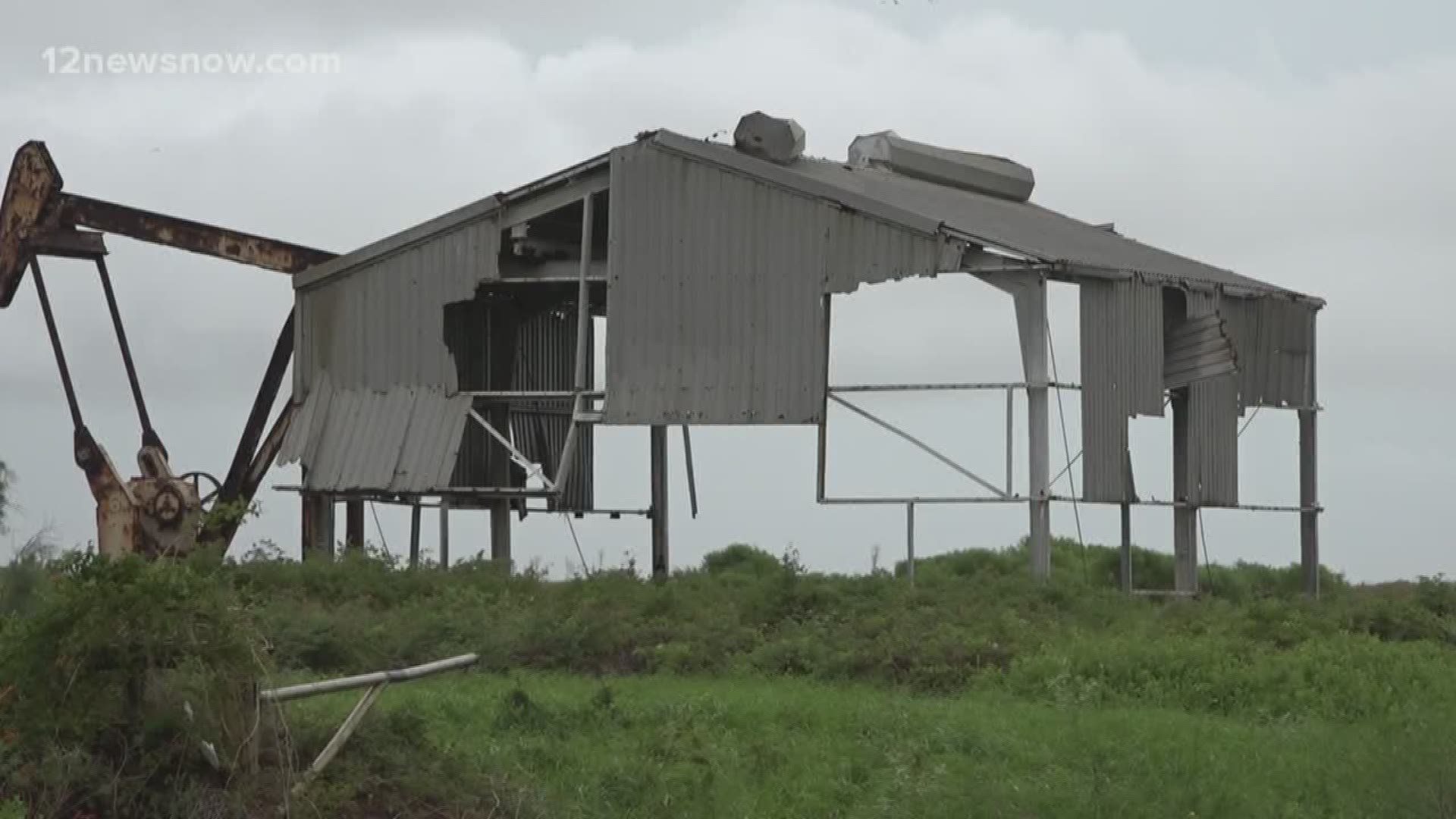On September 13, 2008, Hurricane Ike made landfall as a Category 2 storm.
Multiple feet of water along with gusting winds powered through the Bolivar Peninsula.
While most people evacuated, some chose to stay, and those memories are difficult to fathom.
Diana Guidry and her family decided to ride out the hurricane in High Island.
"I thought the wind would never stop blowing," says Guidry. "You get emotional every time you talk about it, my parents lost everything they had."
The 30-mile stretch of coastline between High Island and Port Bolivar could hardly be recognized with thousands of homes destroyed.
A single house was all that was left in the Gilchrist area.
Larry Chapman and his wife Suzy lived in Crystal Beach when Ike came through.
Three months after the storm, they were in awe of what remained.
"They were real strict about who they let come back in," says Larry Chapman. "When we came back the devastation was...well most people have seen the pictures, it was pretty devastating like a bomb went off."
The Chapmans owned "DeCoux's Pub & Restaurant" for many years before Hurricane Ike.
All that stands there now is the sign, a symbol of what once used to be.
For the last ten years, the Bolivar Peninsula has grown at a rapid pace.
A colorful display of houses now line the beachfront.
While there aren't as many permanent residents, the economy of the peninsula has largely recovered.
"Before Ike, there were a lot of homes that had been here for 20 to 30 years," says Cobb Home Builders employee Tyler Coco. "Families built the houses themselves and it was more beach cabin. Now, we're building more beach homes and like I said we're building more investment properties."
"Ten years later it's amazing what's come back," says Chapman. "I think it's come back ten-fold. The houses are there, they're new and beautiful."
As a result of the destruction left behind from Hurricane Ike to the Bolivar Peninsula, changes have been made to the way houses are being built.
Raising the height of properties almost three times as high as they were before the storm is just one of the new requirements.
"Now it is a requirement to install impact windows and the depth of your piling," says Coco. "Some houses are as deep as 16 feet. Also, the height of your piling has to be higher now in order to get above the base flood elevation."
6,000 homes and businesses stood along Bolivar Peninsula before Hurricane Ike.
According to the Bolivar Peninsula Water Supply, the stretch of land has rebounded back to more than 5,000.
It's a quicker turnaround than many expected, growing from a mere 900 that were left after the storm a decade ago.
The Bolivar Peninsula has transitioned into more of a vacation spot, with most of the houses used as rentals and second homes.
However, the economy still entices thousands who flourish in for events like "Jeep Weekend" and the "Texas Crab Festival" in May.

